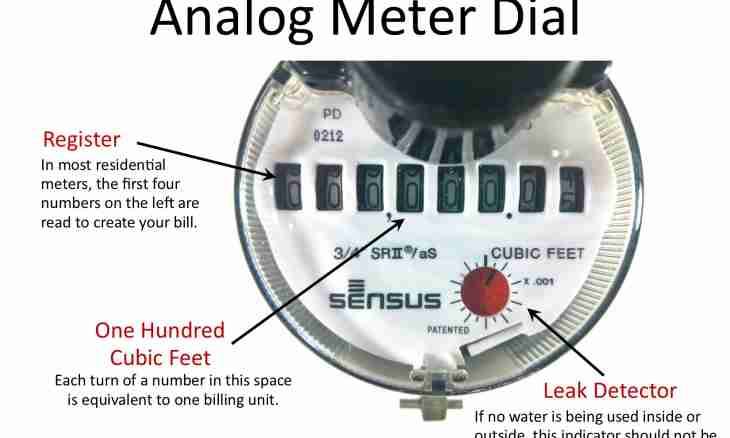The main unit of measure of volume are cubic meters (m³). They are applied both in physics, and in the majority of metering devices of a consumption of gas. However for household use cubic meter – too large volume. Therefore the capacity of a container, ware and other devices for storage of liquid and loose substances, as a rule, measure in liters (l). The volume of one liter is equal to cubic decimeter (dm³). In practice, quite often it is required to transfer cubic decimeters to cubic meters.
It is required to you
- - pencil;
- - paper.
Instruction
1. To translate the volume set in cubic decimeters or liters in cubic meters, divide the number of cubic decimeters into one thousand or increase by 0.001. That is use the following simplest formulas: Km³ = Kdm³/1000 ilikm³ = Kdm³ * 0.001, where: Km³ - the number of cubic meters, Kdm³ - the number of cubic decimeters (liters).
2. Example. How many cubic meters of propane contain in a standard cylinder? Decision. The volume of a standard "propane" cylinder is 50 liters. It corresponds to 50 decimeters cubic. Divide number 50 for 1000 – it will turn out 0.05 (m³). Answer: 0.05 cubic meters.
3. If the number of cubic decimeters is set in the form of decimal fraction, then for transfer to cubic meters just move a decimal point on three signs to the left. If figures to the left of a decimal point less than three, add missing signs with zero.
4. Example. How many cubic meters of water contain in a glass? Decision. The volume of a standard (not cut) glass is 0.2 liters, or 0.2 dm³. As at the left a decimal point only one figure is located, for transfer of dm³ to m³ attribute three zero more at the left: 0.2-> 0000.2. Now transfer a decimal point to three signs to the left: 0000.2-> 0.0002. Answer: the glass contains 0.0002 cubic meters of water.
5. If cubic decimeters are set in the form of an integer to transfer them to cubic meters, attribute a decimal point to the right of number, and then move it on three signs to the left. If figures in initial number less than three, then add missing signs with non-significant zero at the left.
6. Example. How many cubic meters of water hold in a bucket? Decision. The volume of a usual bucket is about 10 liters, or 10 cubic decimeters. For transfer of this volume to cubic meters, attribute a decimal point to the right of number 10: 10-> 10. Now attribute to number two missing zero at the left: 10,-> 0010. And, at last, move a decimal point on three figures to the left: 0010-> 0.010. In principle, the task is solved, but for obtaining more "beautiful" result reject "excess" non-significant zero from number: 0.010-> 0.01. Answer: the bucket holds 0.01 cubic meters of water.

